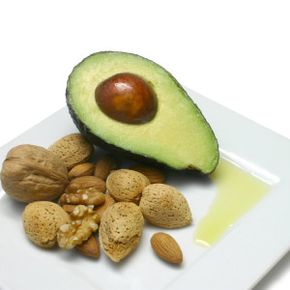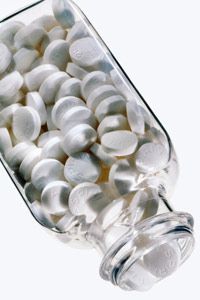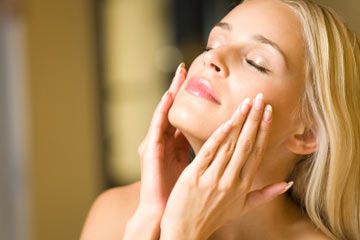It's common knowledge that vitamin E is good for your skin, but not many people could tell you exactly what this nutrient does -- vitamin E is an antioxidant that protects and repairs your skin.
Antioxidants are agents that neutralize the oxidant effect of free radicals, which are molecules that damage collagen and cause skin dryness, fine lines and wrinkles [source: Bouchez]. A simple chemistry lesson can explain how vitamin E does this. The atoms that comprise your body try to maintain an even number of electrons -- that's what makes them stable. If an atom has an uneven number of electrons, it will steal an electron from another atom to become stable. When your skin takes a beating from outside factors, such as the sun's ultraviolet rays, your body can produce free radicals. Free radicals are atoms with an uneven number of electrons, and when they form inside your body, they steal electrons from healthy cells like the ones that make up your skin. This can cause a damaging chain reaction, and that's where antioxidants like vitamin E come in [source: Rice].
Advertisement
Antioxidants neutralize free radicals and prevent cellular damage from occurring. Vitamin E is one of the most powerful antioxidants, but your body can't produce it, which means you have to make sure you're getting enough of this valuable nutrient in your diet. Eating foods high in vitamin E and taking vitamin E supplements if you can't get enough through your food intake can can help prevent premature aging of your skin and damage to your DNA [source: Phillips]. Studies show that taking vitamin E long term can even reduce sunburns from exposure to UVB radiation. This doesn't mean that taking vitamins or applying topical vitamin E will allow you to safely bake in the sun, but you can help your skin stay healthier and more supple by ensuring you get enough of this antioxidant vitamin [source: Bouchez].
Keep reading to learn what foods are high in vitamin E and how to incorporate them into your diet.
Advertisement



